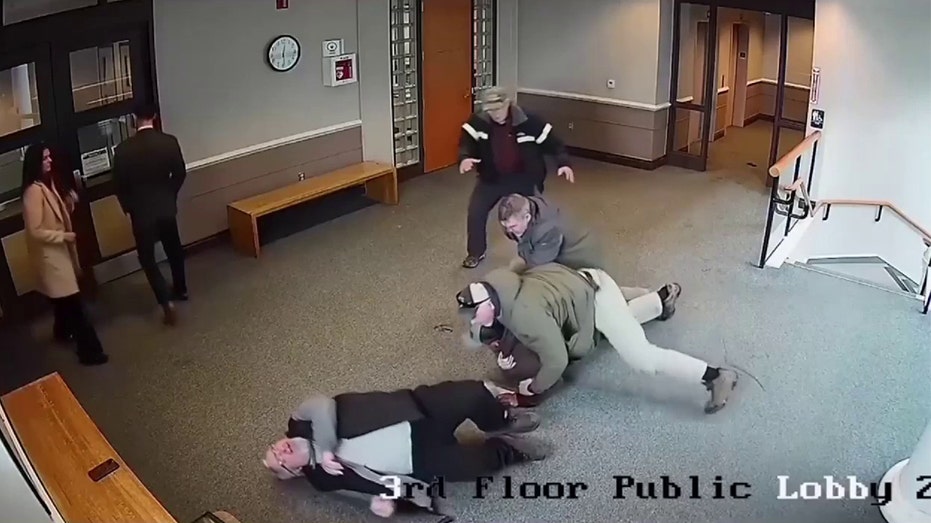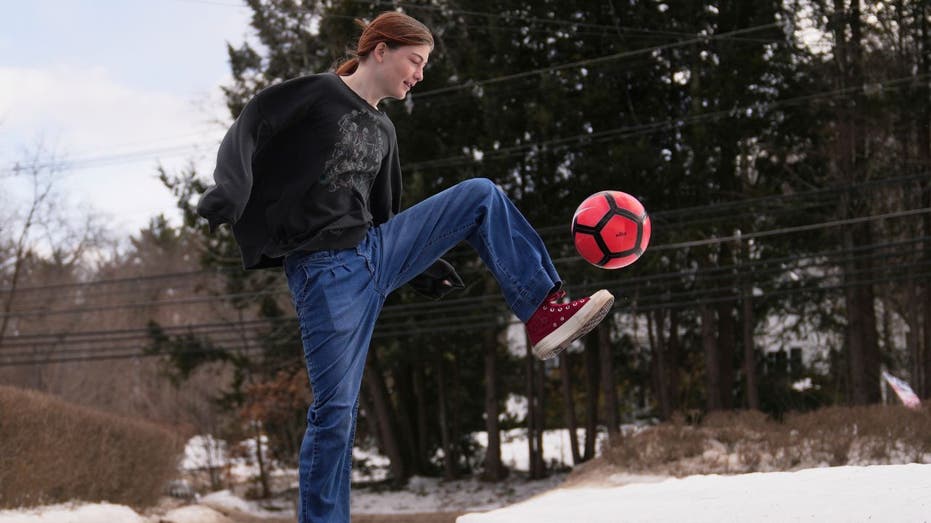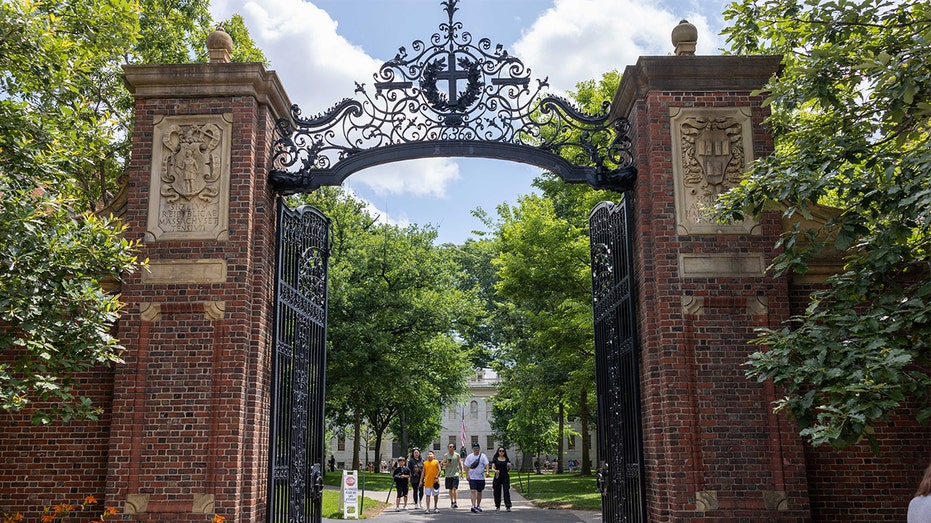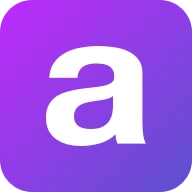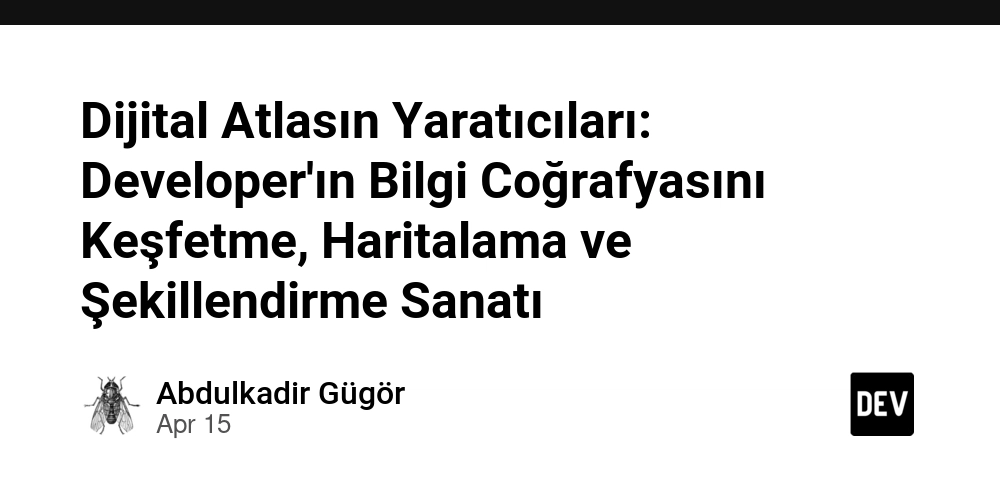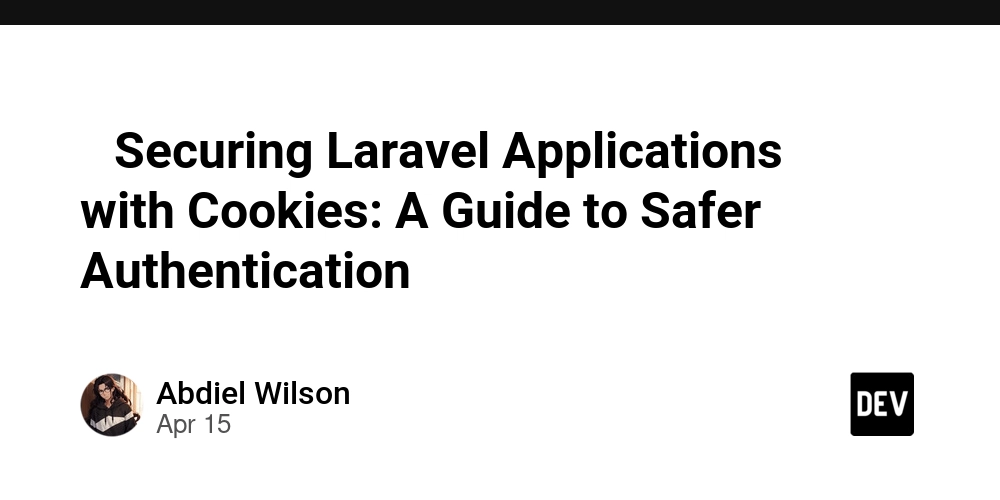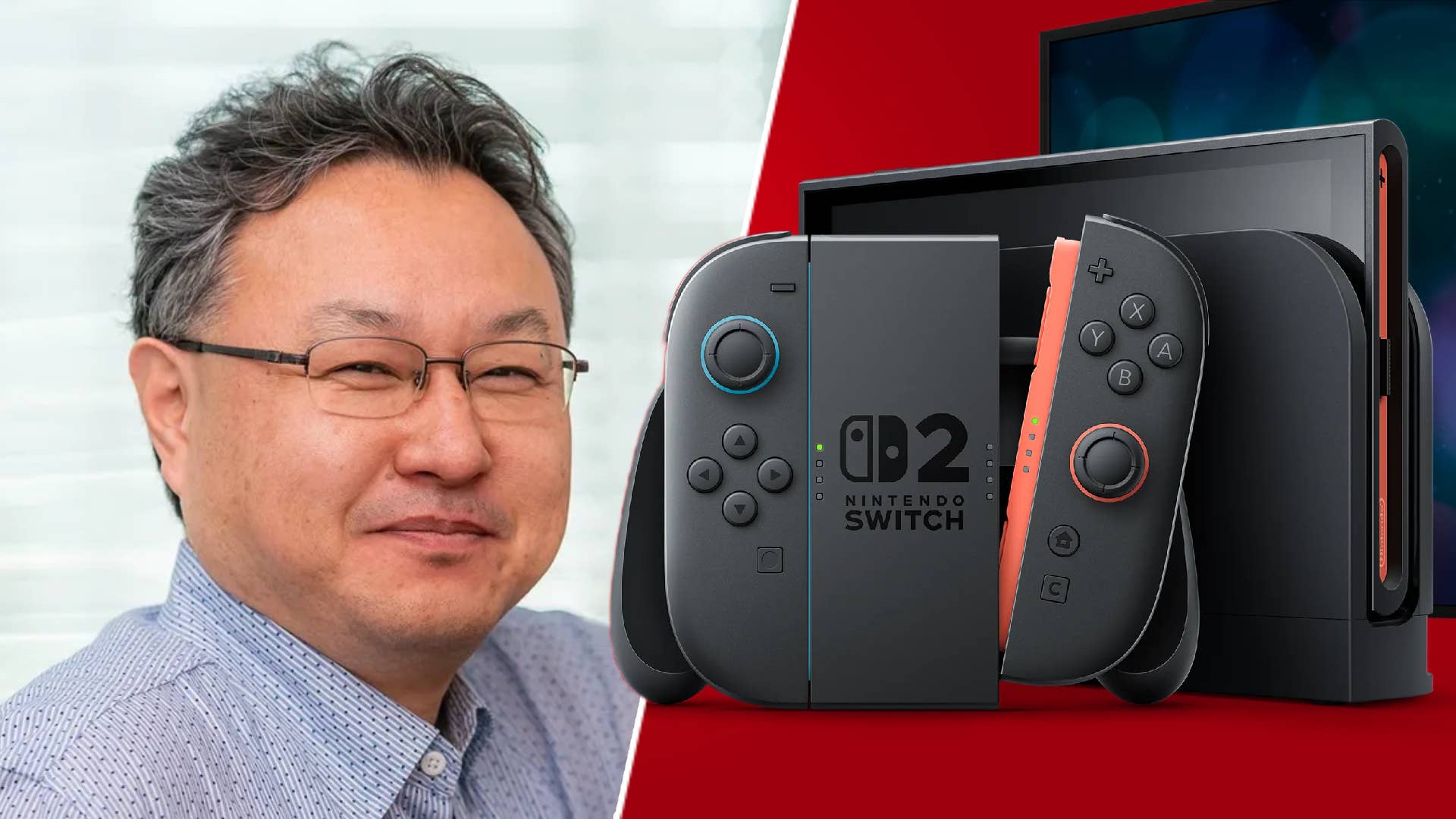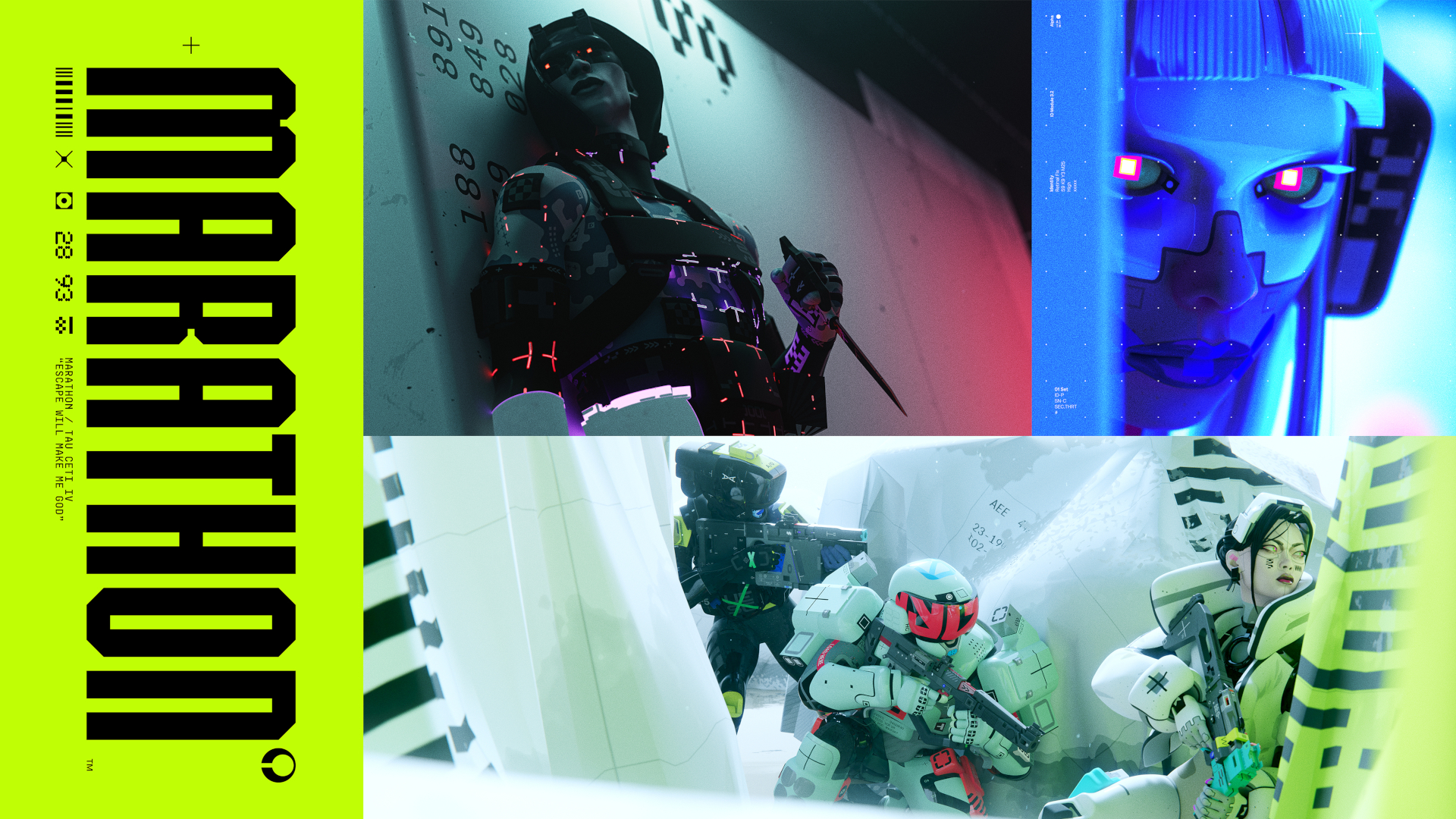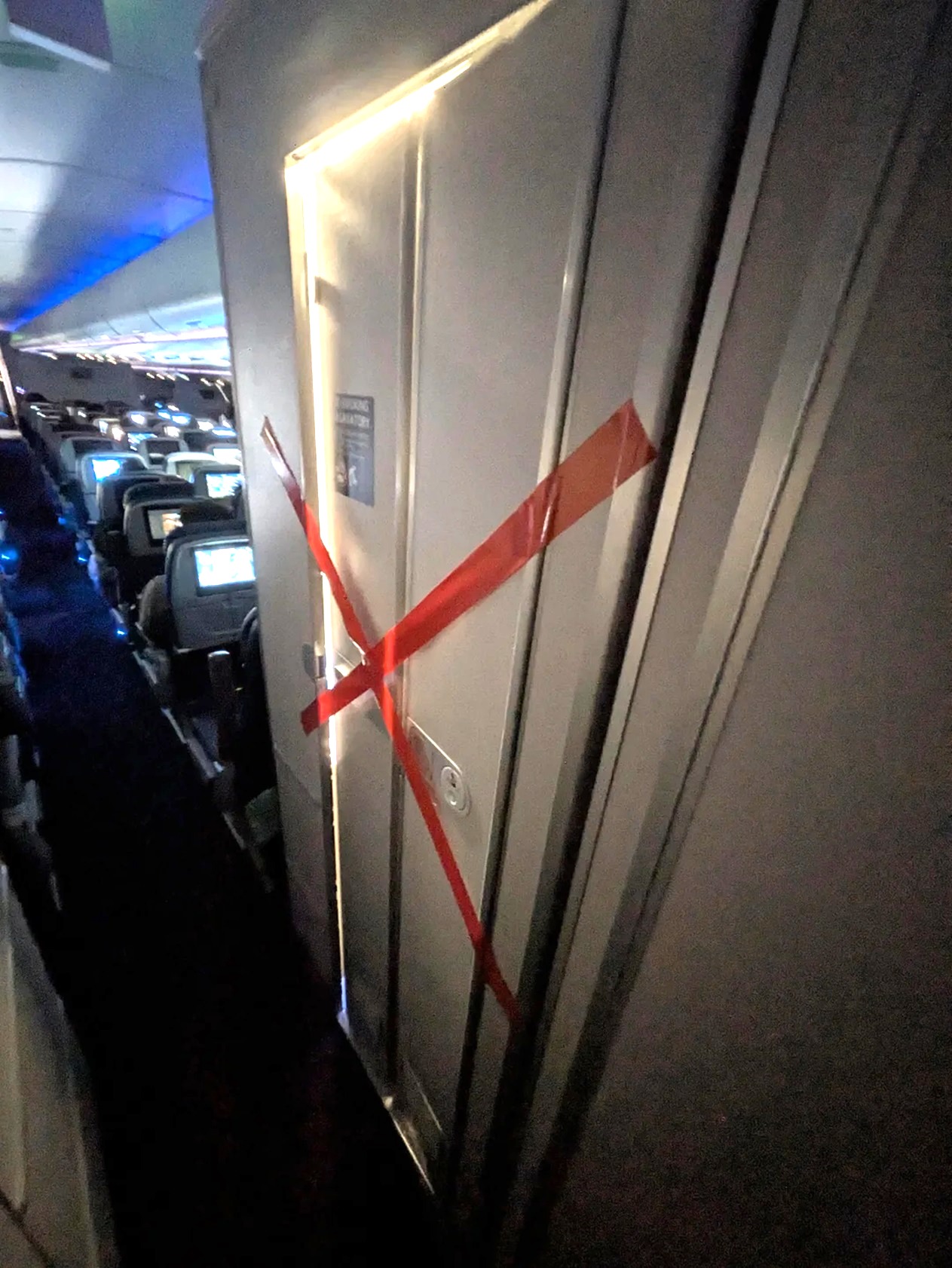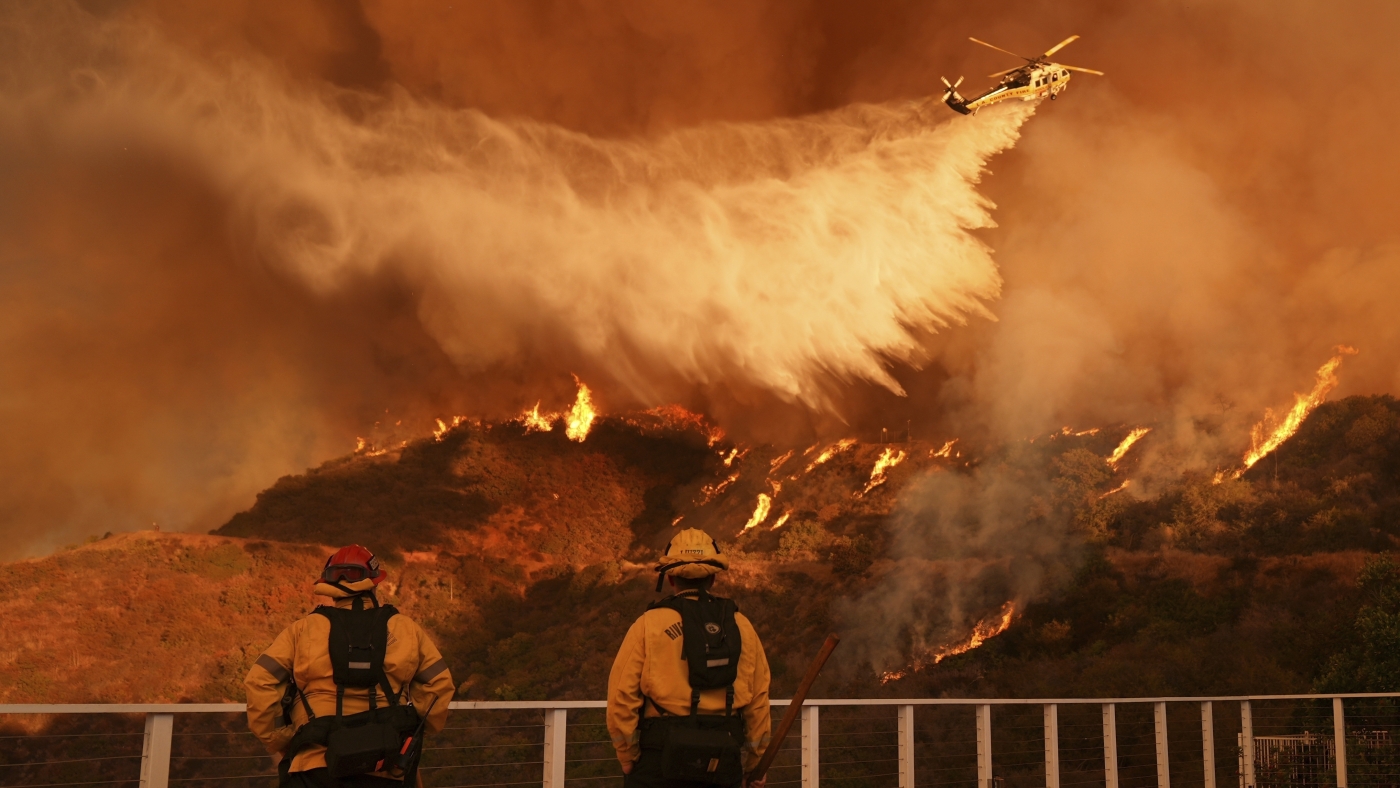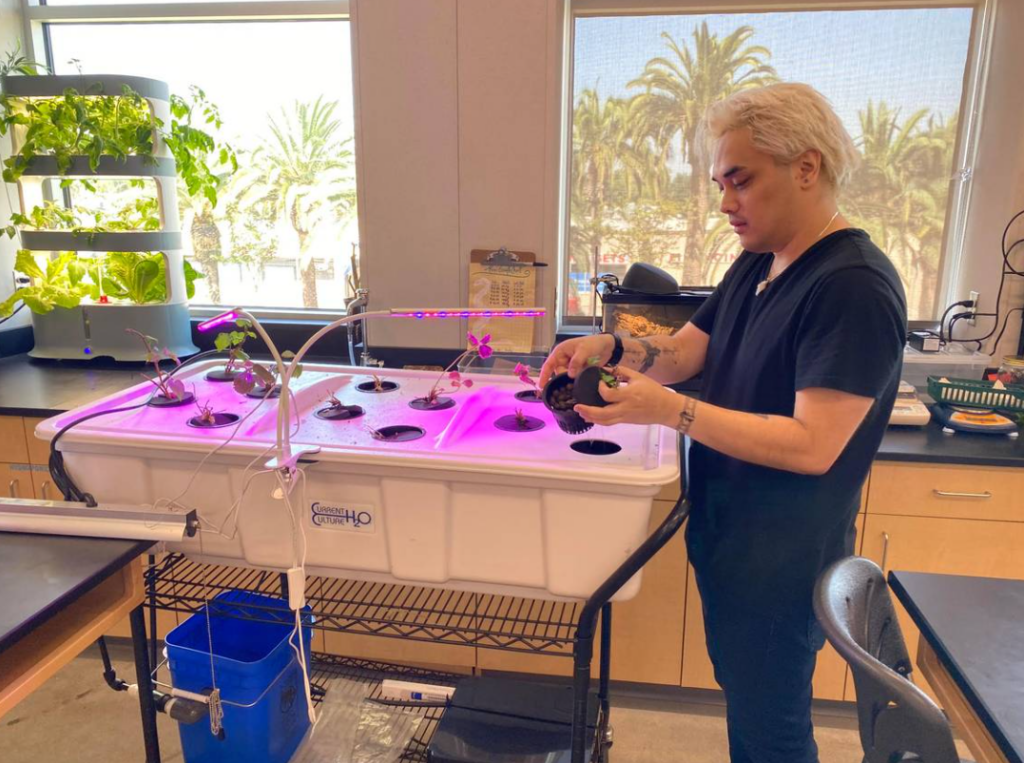A Close Look at Competency-Based Learning
Learn about this teaching model that prioritizes growth and mastery over grades. The post A Close Look at Competency-Based Learning first appeared on Cult of Pedagogy.

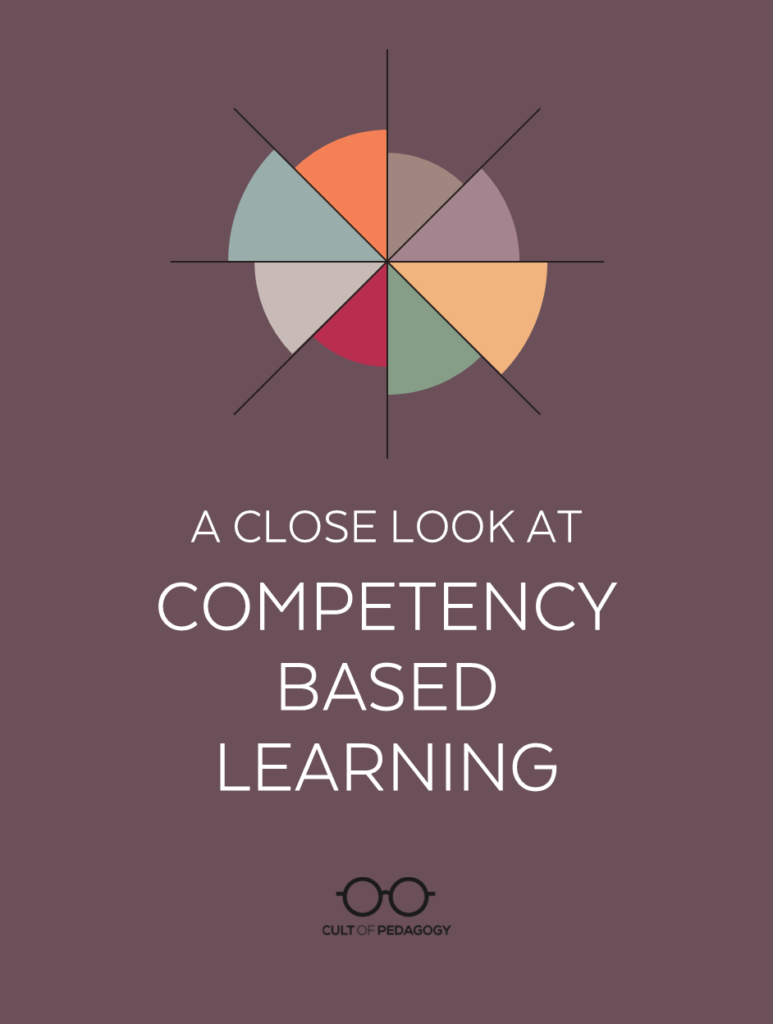
Listen to the interview with Susie Bell, Beth Blankenship, and Heather Messer (transcript):
I was giving a presentation recently on differentiation, specifically about tiered assignments, a strategy that offers different tiers or levels of challenge, and students only work at the level that matches their current readiness. I’ve always been a fan of this strategy, but during that session, someone asked a question that I couldn’t answer: How do we grade these fairly? If one student is working at a very challenging level, and another is working at a much more basic level, and they both do well on the assignment, should they get the same grade?
That question sent me down a rabbit hole. I posted on several different social media platforms about it, got a few answers that kind of sort of addressed it, and while I have some idea of how people handle this kind of thing equitably, I never quite got a satisfactory answer. The question itself highlighted the limitations of traditional grading, a system that has been shown to be problematic by so many people in education circles but still remains as the most common way schools manage and assess student learning.
And despite not getting that original question answered, the search did lead me to something called competency-based learning. Although I was vaguely familiar with it — I believed it was in the same ballpark as standards-based learning and mastery learning, which we’ve seen in the Modern Classrooms approach — I had never looked closely at it. So I’m doing that now. I invited three people onto the podcast who have a lot of experience and success with this approach:
- Susie Bell, Executive Director of Programs at the Mastery Transcript Consortium (MTC), an organization that supports schools in implementing competency-based learning.
- Heather Messer, a teacher and advisor at a Wisconsin school where competency-based learning is a school-wide practice.
- Beth Blankenship, an English teacher who has figured out how to use competency-based learning at her Virginia high school, a school that still uses traditional grading.
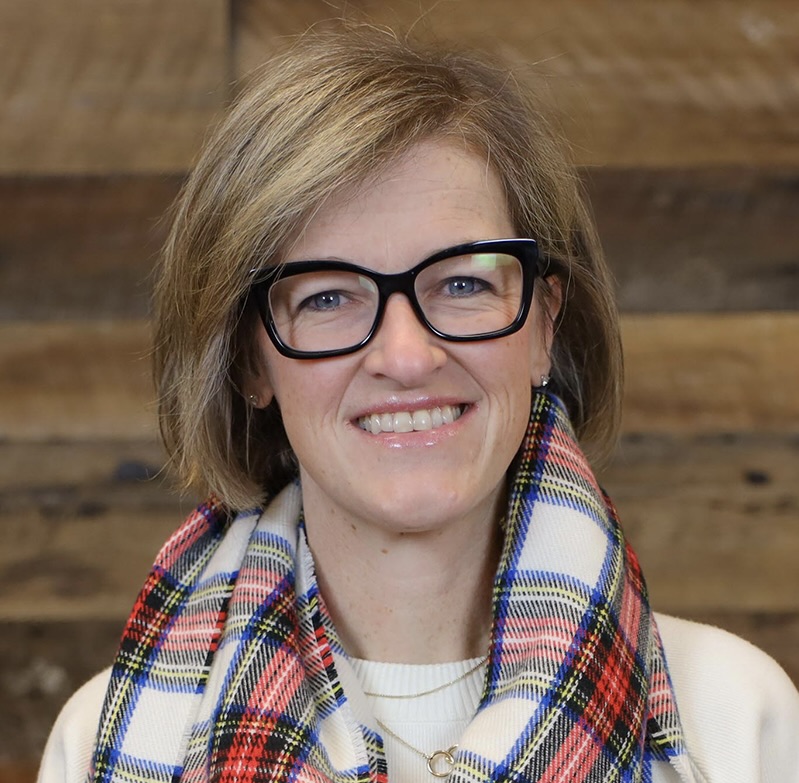
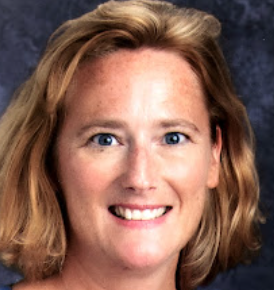
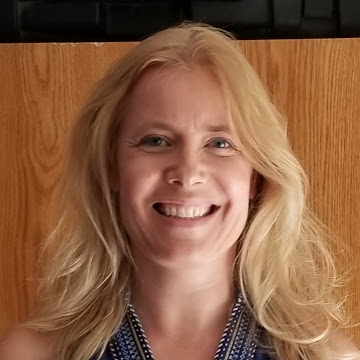
Together, we explored how competency-based learning works, why it’s an incredibly impactful approach to learning, and how it plays out in both progressive and traditional schools. We also look at the resources and support the Mastery Transcript Consortium provides to teachers in this work. My goal here is to inspire all teachers — regardless of your setting — to think about how this kind of teaching might be possible in your classroom.
What Is Competency-Based Learning?
Put very simply, competency-based learning measures students on their mastery of a set of explicit expectations for learning — knowledge, skills, and dispositions — rather than giving them letter or number grades for completing a pre-defined set of courses.
“The concept behind competency-based education is simple: learning is best measured by students demonstrating mastery of learning, rather than the number of hours spent in a classroom.” This is from the website of the Aurora Institute, which works to promote student-centered learning models. They also point out that this approach is called different things in different places: standards-based, mastery-based, performance-based, or proficiency-based. So this clears up my question of terminology: This is being done by different groups and schools in different places.
In schools that belong to the MTC, like Messer’s school, students demonstrate learning through artifacts — evidence of their skills and understanding — that are collected across content areas. These are assessed with rubrics used in every class, rubrics that focus on durable, transferable skills like collaboration, effective communication, and critical thinking.
Rather than piling up points and calculating averages, students work toward proficiency in these durable skills, and their progress is tracked over time by every teacher.
“All of (the teachers) are assessing reading artifacts, writing artifacts, research artifacts,” Messer explains, “with the same rubric across our building. So students see that progression of skills in lots of different content connections.”
Defining the Competencies
So where do these durable skills come from? Who defines them? Are they the same for all MTC schools?
“Mastery Transcript Consortium does not determine which competencies a school is measuring,” Bell explains. “It’s the school or the district, or the state in some cases, that actually have the competency frameworks that are typically called portraits of a graduate. Those usually are made up of six to eight larger skill areas that then have individual competencies listed underneath those that have descriptions and typically go one level deeper.”
In MTC schools, this information is recorded on a Mastery Transcript. This video shows how these work:
What About Content?
While skills like collaboration, effective communication, and critical thinking are valuable, it’s hard not to wonder what happens to content areas like history and algebra — do these just go away?
“It’s not that it goes away,” Bell explains. “You’re still assessing for the content, knowledge, and skill, but there is a broader set of skills that you’re typically also assessing for. Those are identified typically by your school community in your portrait of a graduate. Instead of it just being in science or in mathematics, it might be communication, collaboration, critical thinking, leadership, digital literacy, things that don’t necessarily have a subject. But the means by which students actually attain and master those competencies, those skills, is through the content.”
To see what this looks like in practice, we explored sample lessons in Messer’s and Blankenship’s classes.
Example 1: A Classroom in a Competency-Based School
One unit Messer teaches is a 9-week seminar called Global Zoo. It’s framed around this driving question: How are humans impacting the Earth from an environmental biology perspective?
Students begin with content-heavy lessons on Earth’s spheres, ecosystems, and the habits of research scientists. They also explore pseudoscience and source credibility. Next they choose a sub-question that they connect with personally and conduct three rounds of research, including outreach to at least one live content expert. Each round ends in a student-led presentation where students in the audience give the presenter feedback.
“The audience is involved in all aspects of it, and that gives really valuable feedback for the presenter while still growing the students in the audience their ability to recognize strong research and to evaluate valid conclusions,” Messer says. “They get so excited to hear each other’s presentations round after round, and they learn from each other. At first, they’re hesitant to ask questions because they don’t want to embarrass each other by asking a question that you know somebody can’t answer. So I model how to say ‘I don’t know’ or ‘I don’t have the information to answer that question yet.’ And by the second round, they’re much more comfortable. They’re ready to answer questions from their peers, and they’re ready to ask tougher questions as an audience.”
At the end of the unit, students participate in a 6-8-person roundtable discussion — a performance-based summative assessment where they synthesize their research, respond to peer questions, and reflect on their learning. During each roundtable, the rest of the class observes and evaluates the participants on skills like citing sources, formulating good questions, and inviting others into a conversation.
While Messer says she sees students grow significantly with these skills, what impresses her the most is the way students conduct themselves in these discussions, showing dispositions that may not be developed within more traditional school assignments.
“They’re really respectful. They’re really curious. They’re gracious with each other. And they consider how their individual topic informs the overall conclusions of the class regarding that umbrella question. And every single time I think, our adults could learn so much from listening to these kids.”
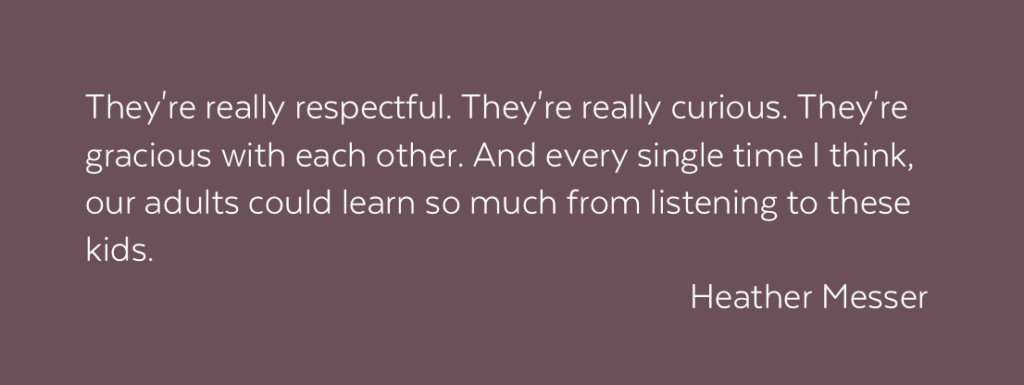
How the Grading Works
During the unit, Messer does a lot of formative assessment, recording evidence of progress as students move through the weeks.
“The goal is always growth,” she says. “And I know that some of these kids are not going to be able to find as many sources as I consider the bar. Or they’re not all going to have the ability to process every one of these hard research papers that they choose as a source. So what I’m always looking for is what’s the next growth target for this kid in relation to the performance task? What is the next thing that they need to do to hit the next level? I’m constantly moving around the classroom, checking in with every kid to try to make sure that they have that identified growth area and that they’re moving towards it. And that, I think, is like the superpower of competency-based learning, because I’m focusing on the next growth target and pushing the kid for that while they do the work to get it.”
By the end of the unit, if a student hasn’t reached mastery of all the competencies, some of those will be recorded as “developing,” while others may still have room for improvement, which can change a student’s proficiency level even after the unit is over.
“I can’t ask you to redo a roundtable,” Messer explains. “That live performance piece, I can’t ask you to redo. But if we’re talking about the research piece, and sometimes maybe a live expert doesn’t get back to you before our deadline, and I’ll say, okay, you could still increase your knowledge, and you could still increase your research summary. That’s a step before they go into their roundtable. So you could improve your knowledge within that research summary. So let’s say that (after the unit) you still do that interview, and you still take those notes, and you update your annotated bibliography, and then you update your research summary. I’ll reassess your research artifact. And then you have moved from developing to proficient because you’ve taken that extra step.”
Example 2: A Competency-Based Unit in a Traditional School
In a unit centered on Shakespeare’s Hamlet, Blankenship takes a cross-disciplinary approach. Students start by forming a psychological hypothesis about a character — for example, Is Hamlet experiencing depression? — and then research psychological theories while reading and analyzing the text. Students work in groups, consult APA psychologists, and present their findings not just to classmates but to outside experts.
Blankenship designed the unit to satisfy her school’s academic standards and the competencies she’s working on with the MTC. “We are focusing on these interdisciplinary outcomes of skills, which would be research, analysis, writing, and presentation, and communication,” she explains. But through this work, they are also learning the English language arts standards required by her state.
“My students very much are getting the knowledge and understanding the plot of Hamlet, but they are doing it through looking closely at one character,” Blankenship explains. “And then additionally, they’re building their research skills. They’re researching, they’re working collaboratively, so they’re also building collaboration skills with their partners. Then they bring their research together. And then at the end of it, they bring all of their notes from the text and all of their research that they’ve done, both on the disorder, as well as all their research from watching the play, reading the play, and they present their ‘answer’ to the rest of the class. They create a very formal presentation, they practice it, they get feedback on their presentation. So what’s the check for knowledge? I don’t have to always be the check of knowledge. The world is the check of knowledge.”
How the Grading Works
Blankenship’s district assigns letter grades, so how does she blend competency-based assessment with these grades? Her school uses a rolling gradebook model, in which earlier grades can be replaced with higher ones as a student’s mastery improves.
She illustrates with an example: “If we go back to that analysis skill, at the beginning of the year, they may be at a C level, which in Mastery Transcript language would be at an ’emerging’ level. It’s just a letter instead of a word. And then when it’s done well — and this is my experience for my students, usually by the middle of the year with feedback and support — that then they may move up to an ‘approaching mastery,’ which is a B level. The goal is for everybody at the end of the year to all be at a ‘mastery’ level, which would be an A. Many to most of my students do get there in all of the skills.”
So with a rolling gradebook, the teacher would go back to earlier grades and raise them to match the student’s current level of mastery.
“At the end of the year,” Blankenship says, “I have my professional right to look at the body of evidence — if there is a portfolio, there are artifacts, there is a body of evidence — and I can make a decision.”
She is not the only one who makes this decision; students also weigh in.
“They have the autonomy, the agency and the ability — if I’ve done my job right — to reflect on their growth, and they can say, my artifact at the beginning of the year showed developing, and then this shows emerging, and then this shows mastery. It’s a defense of mastery. And so it almost doesn’t really matter what I think at the end of the year. What matters is what they are able to articulate about their growth over time.”
What About College Admissions?
One of the biggest questions about shifting away from grades is how it will affect college admissions. This has been a big focus of the MTC.
“We knew that in order to change the outward system that is expecting a traditional graded transcript,” Bell explains, “we needed to do it with others. We needed to band together a network that really could shift both the college admissions landscape and what they’re looking for as well as the employment landscape.”
This effort has paid off. “We just surpassed 650 colleges across the country who have accepted a student with a mastery transcript or a learning record,” she says. “Every year we’re seeing that number grow. And we have a dedicated staff member whose sole focus is on supporting higher education to understand how to read our records.”
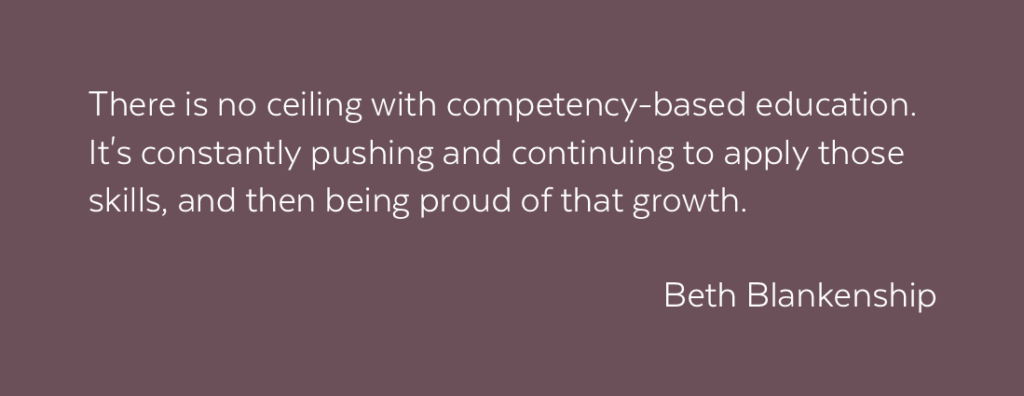
Growth Over Grade-Chasing
My original question — how to differentiate instruction while also grading fairly — really does get addressed within a competency-based system. By removing the rigid structure of grading, this model allows teachers and students to focus on meeting every student where they are and working toward growth. This not only allows teachers to support students who need extra help; it also creates room for advanced students to keep pushing, well beyond where they may have stopped in a more traditional setting.
“There is no ceiling with competency-based education,” Blankenship says. “It’s constantly pushing and continuing to apply those skills, and then being proud of that growth.”
Within a traditional grading system, she notes, students feel pressure to perform at a high level in every class, to get straight A’s across the board. In a competency-based setting, they have a chance to learn what areas they really excel in.
“Students can articulate, I’m really great at this, and I love doing this, and this is where my skills are exceptionally strong. They can honestly express, I really like analysis; however, I’m not as analytical in these ways, and it’s okay. They’re still proficient. But some of the pressure and the stress to be perfect and to be excellent all the time is kind of taken off.”
Webinar: Learn More About the Mastery Transcript Consortium
The MTC is offering two free webinars in April and May to share their work with interested teachers and school leaders! During these 60-minute sessions, MTC team members will share information about the MTC Network, demo their platform of tools, and engage participants in exploring the myriad ways their digital solutions can support new pathways towards competency-based learning and assessment. Attendees will also gain insight into the reception that competency-based transcripts have received from institutions of higher education.
Join our mailing list and get weekly tips, tools, and inspiration that will make your teaching more effective and fun. You’ll get access to our members-only library of free downloads, including 20 Ways to Cut Your Grading Time in Half, the e-booklet that has helped thousands of teachers save time on grading. Over 50,000 teachers have already joined—come on in.
The post A Close Look at Competency-Based Learning first appeared on Cult of Pedagogy.
